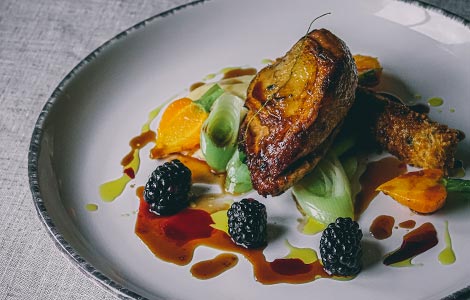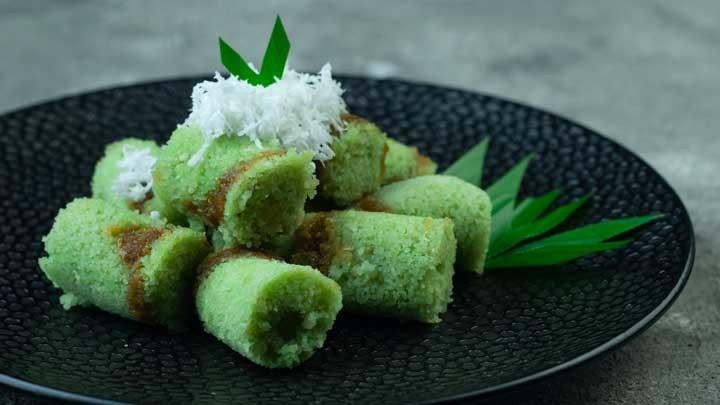Pheasant, with its rich history and refined flavors, has long been celebrated as a luxury ingredient in fine dining and traditional dishes. Known for its delicate yet flavorful meat, pheasant has been a part of the culinary landscape for centuries, particularly in European and American kitchens. Its gamey richness and versatility make it an ideal choice for special occasions, from holiday feasts to gourmet dinners.
In this article, we explore:
- The history of pheasant in cooking
- How to prepare pheasant for maximum flavor
- Delicious dishes and pairings
- Tips for cooking pheasant to perfection
The History of Pheasant: A Storied Tradition

1. Ancient Beginnings
Pheasants have been hunted and consumed for thousands of years, originally in Asia and later throughout Europe. Ancient civilizations, including the Greeks and Romans, considered pheasant a symbol of wealth and luxury due to its delicate flavor and the difficulty of hunting it.
The Middle Ages saw pheasant raised on estates for the elite, and by the 15th and 16th centuries, it was a common feature in royal feasts and banquets across Europe. By the 17th century, pheasant hunting was a traditional sport among the noble classes in Britain, and pheasant meat became firmly entrenched in the culinary traditions of the aristocracy.
2. Pheasant in Modern Cuisine
Today, pheasant remains a coveted delicacy, particularly in game bird dishes. It is prized for its lean meat, which is slightly drier than chicken but packed with complex, earthy flavors. In contemporary cooking, pheasant is often prepared with classic French techniques, such as roasting, braising, or pan-searing, and paired with robust sauces and seasonal vegetables.
Types of Pheasant: Exploring Varieties and Cuts
1. Ring-Necked Pheasant
The Ring-Necked Pheasant is the most common species raised and hunted for culinary purposes. Known for its vibrant plumage and distinctive tail, the ring-necked pheasant is native to Asia but has been introduced to many countries, including the United States and Europe. Its meat is tender, with a slightly gamey flavor, and it can be used in a variety of dishes, from roasts to stews.
2. Red-Legged Partridge
While not technically a pheasant, the Red-Legged Partridge shares similar flavor profiles and is often used interchangeably in traditional dishes. Its meat is lean and tender, with a subtle, less intense gamey flavor. It’s often roasted with herbs and served with root vegetables.
3. Other Game Birds
Many game bird hunters also pursue species like the Chinese pheasant, grey partridge, or Spanish pheasant. These birds may have slightly different textures or flavors but share a similar cooking approach and appeal.
Preparing Pheasant: Tips for Cooking Perfection
1. Roasting Pheasant
One of the most popular methods for cooking pheasant is roasting. The key to a perfect roast is ensuring that the bird does not dry out. Since pheasant meat is leaner than chicken, it benefits from moisture retention during cooking. Here’s how to do it:
- Preheat your oven to 375°F (190°C).
- Stuff the cavity with aromatic herbs like thyme, rosemary, and bay leaves, and consider adding onions, garlic, or citrus for extra flavor.
- Baste the bird every 15 minutes with melted butter or a mixture of oil and stock to keep it moist.
- Roast for about 20-25 minutes per pound, or until the meat reaches an internal temperature of 165°F (74°C).
📌 Pro Tip: Wrapping the pheasant in bacon or prosciutto during roasting adds flavor and moisture, making the bird extra succulent.
2. Pheasant (Braising)
Braising is an excellent method for cooking pheasant, especially when you have older birds or wild-caught pheasant that may be tougher. Braising works by slowly cooking the meat in liquid, such as wine, broth, or a combination of both, in a covered pot. The slow cooking process ensures the meat becomes tender and flavorful.
- Sear the pheasant in a hot pan to develop a rich crust.
- Add vegetables, such as onions, carrots, and celery, to the pan and cook until softened.
- Pour in liquid (wine, stock, or beer) and bring it to a simmer.
- Cover and cook in the oven at 300°F (150°C) for 1.5 to 2 hours, until the meat is fall-off-the-bone tender.
📌 Pro Tip: Add herbs like sage or thyme, and finish the dish with a rich sauce made from the braising liquid.
3. Pan-Seared Pheasant Breast
If you prefer a quick and elegant preparation, pan-searing pheasant breasts is a wonderful option. Because the breast meat is lean, it cooks quickly, and searing ensures a crispy, flavorful crust.
- Season the pheasant breasts with salt, pepper, and herbs.
- Heat oil or butter in a pan over medium-high heat.
- Sear the breasts for about 4-5 minutes per side, or until golden brown and cooked through.
- Rest the meat for a few minutes before serving to allow the juices to redistribute.
📌 Pro Tip: Pair with a sauce made from wine, mustard, or cream to add richness to the dish.
Delicious Dishes with Pheasant
1. Pheasant à la Crème
A classic French dish, Pheasant à la Crème combines pheasant with a rich, creamy sauce made from white wine, shallots, and cream. The tender pheasant meat is simmered in the sauce, resulting in a deeply flavorful, comforting dish.
📌 Pro Tip: Serve with buttery mashed potatoes or wide egg noodles to soak up the sauce.
2. Pheasant Pie
Similar to a chicken pot pie, pheasant pie features pheasant meat, vegetables like carrots and peas, and a velvety cream sauce encased in a golden, flaky pastry. This dish is perfect for a cozy dinner or holiday meal.
📌 Pro Tip: Add a touch of rosemary and garlic for an aromatic depth of flavor.
3. Smoked Pheasant Salad
For a lighter dish, smoked pheasant can be sliced thinly and paired with mixed greens, citrusy vinaigrette, and crunchy nuts. The smoky flavor of the pheasant pairs beautifully with the freshness of the greens and the acidity of the dressing.
📌 Pro Tip: Add avocado or roasted beets for additional richness and texture.
Wine Pairings with Pheasant
1. Red Wines
Pheasant pairs well with light to medium-bodied red wines, such as Pinot Noir, Merlot, or Zinfandel. These wines have enough acidity and fruitiness to complement the richness of the game meat.
📌 Pro Tip: Pinot Noir, with its delicate fruit and earthy undertones, is an especially excellent choice for pheasant dishes.
2. White Wines
For a more delicate dish like Pheasant à la Crème, a full-bodied white wine like Chardonnay or Viognier works beautifully. These wines have the right balance of acidity and creaminess to enhance the flavors of the dish without overwhelming them.
📌 Pro Tip: Choose a Chardonnay with a slight oak influence to match the creamy sauce of the pheasant dish.
Conclusion: A Delicacy Worth Celebrating
Pheasant’s refined, gamey flavor and versatility in the kitchen make it a fantastic choice for gourmet meals and special danatoto occasions. Whether roasted, braised, or pan-seared, pheasant offers a unique culinary experience that brings a touch of luxury and tradition to any table. By pairing it with the right sauces, sides, and wines, you can create a memorable meal that celebrates the beauty of this classic game bird.
🎉 So, next time you’re planning a special dinner or holiday feast, consider pheasant—it’s a dish that’s as elegant as it is delicious!
How do you like to prepare pheasant? Share your favorite recipes and tips




















